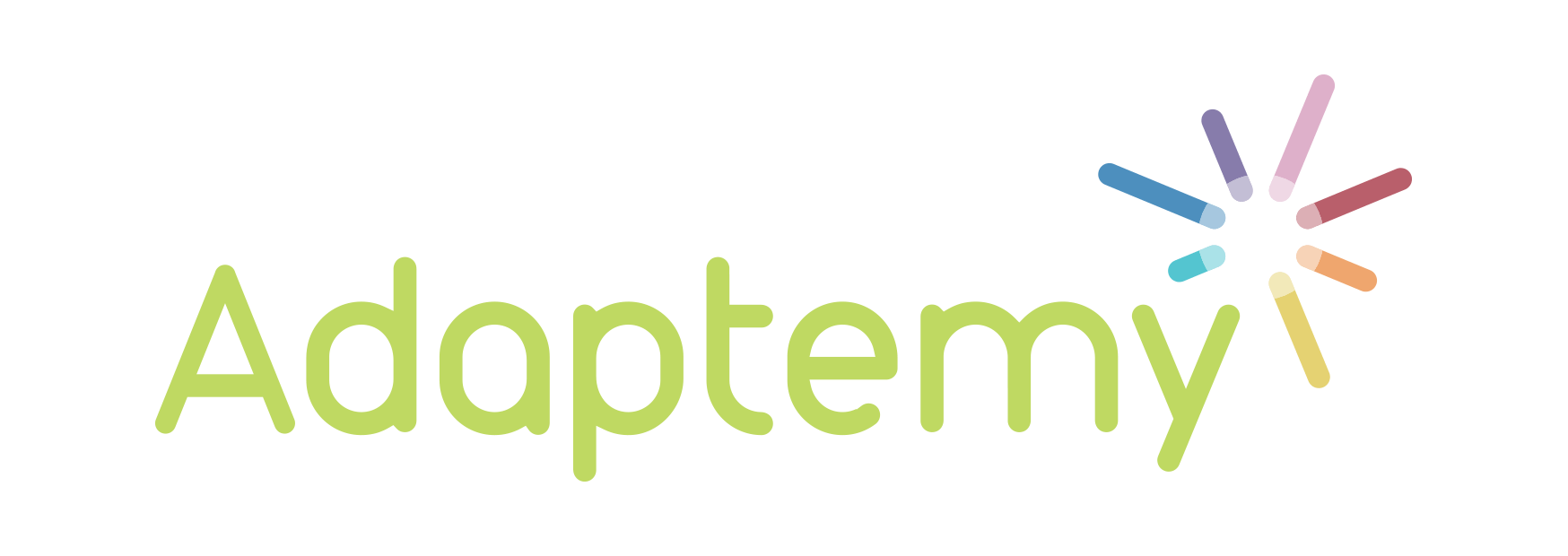
2023 is undoubtedly AI’s breakthrough year, both in the fundamental science and the public consciousness. But in 2024, we’re expecting a much bigger impact as new products, currently in prototype phase, come to market. Let’s take a look at what to expect from this new generation of AI learning products.
2023: the Year of AI
This year has seen some landmark developments in Artificial Intelligence, as the capability and applicability of Large Language Models has exceeded expectations. Since the public launch of ChatGPT late last year, there has been a frenzy of exploration and prototyping. We have seen some early launches by tech companies, but the majority of our client learning organisations are currently busy prototyping and doing early stage piloting with trial users. So what will we see launching in schools and universities in 2024?
5 Innovations in Learning for 2024
Let’s look at five categories of innovations:
- Conversational Chat-Based Learning
- Personalised Learning Coaches
- AI-Tools for Teachers
- Collaboration and Social Learning
- Automating Course and Content Creation
1. Conversational Chat-Based learning
Of all of the incredible breakthroughs of generative pre-trained language models, the capacity for “sensible” responses to learner questions across any topic is most remarkable. As a product designer, by adding some guardrails and fine-tuning the model with content from a particular course, we can create a powerful learning product that is responsive to learning conversations.
This learner-initiated conversation will not have been explicitly designed by a course creator. This is learning at the moment of curiosity or struggle, what we call “Active Engagement”. The exact moment when the brain is primed to expand its knowledge.
Open response evaluation technologies have also advanced rapidly. Some examples in specific learning areas are Algebrakit (maths input evaluation) and Novo (speech pronunciation evaluation). Integrating these powerful AI technologies adds effective domain-expertise to the learning conversation, and provides detailed subskill diagnostics to enhance the learner model.
2. Personalised Learning Coaches
For many years, we have been striving to provide learners with some form of “AI tutor” to assist their learning. The whole field of adaptive learning has achieved accuracy in profiling learner mastery across a curriculum and course. And then providing effective learning strategies based on Learning Design that reflect various pedagogies.
The next generation of Personalised Learning Coaches add a more intuitive and responsive interface for these coaching strategies, enabling more learner agency and explainability. The dramatic improvements in learner engagement will likely see such products becoming deeply embedded in many areas of the education system.
3. AI Tools for Teachers
Conversational Chat-based Learning and Personalised Coaching are powerful tools for teachers to use within their class. But these new learning strategies, along with the data gathered from them, enable teachers to take advantage of further tools to reduce their workload and improve their impact.
The AI co-teacher is a teacher solution that empowers the teacher with actionable insights into the learning progress of their class. And realtime suggestions for lesson activities and interventions.
Generative AI also assists in lesson planning. We have seen early versions of this in 2023, but with additional context and data about the class profile we will see simpler and more effective versions. We expect this to be integral to most courseware launching next year.
4. Collaborative and Social Learning
In most contexts, learner activities have a deeply social dynamic that e-learning products have historically ignored or struggled to leverage.
The shifts to AI-interfaced mastery learning provide the learner with a whole new perspective on their development. These “self-directed” behaviours see the learner compete not against their classmates but against their own learner profile. Instead of being “bad at maths”, learners develop skills in their ability to learn, through prompted reflection and structured collaboration.
Many complexities of classroom management are being removed by the AI co-teacher tools. For example, the Classroom of the Future prototype has dynamic pair learning as a key component of the pedagogy.
5. Course and Content Creation
One of the key obstacles that prevents more learners benefitting from the technologies described above is the investment of time and money in the creation of content and courses. For many students, the learning experience is based on lecturer slides and notes. And dated textbooks that update on a glacial cycle due to the economics of content development.
This is one of the most disruptive impacts of Generative AI, as the quality of automated content creation has improved dramatically. Docebo Shape has created a marketing video that sells the idea at university level. At K-12, this will lead to fundamental change in the content available to teachers and students.
Learner engagement is also enhanced by relevance personalisation. For example, maths problems can be dynamically rephrased to match the personal interests and learning preferences of each user.
The quantity of data gathered from content usage can now feed a powerful machine-learning feedback loop that continually improves the content efficacy and suitability.
Your AI Roadmap
At Adaptemy, we help leading educational organisations build AI into their product roadmaps. From explorative workshops, or building prototypes that explore showcase technologies, to full-scale AI-powered learning products.
If you want support in bringing the best of new generation AI learning products to your organisation, get in touch!




